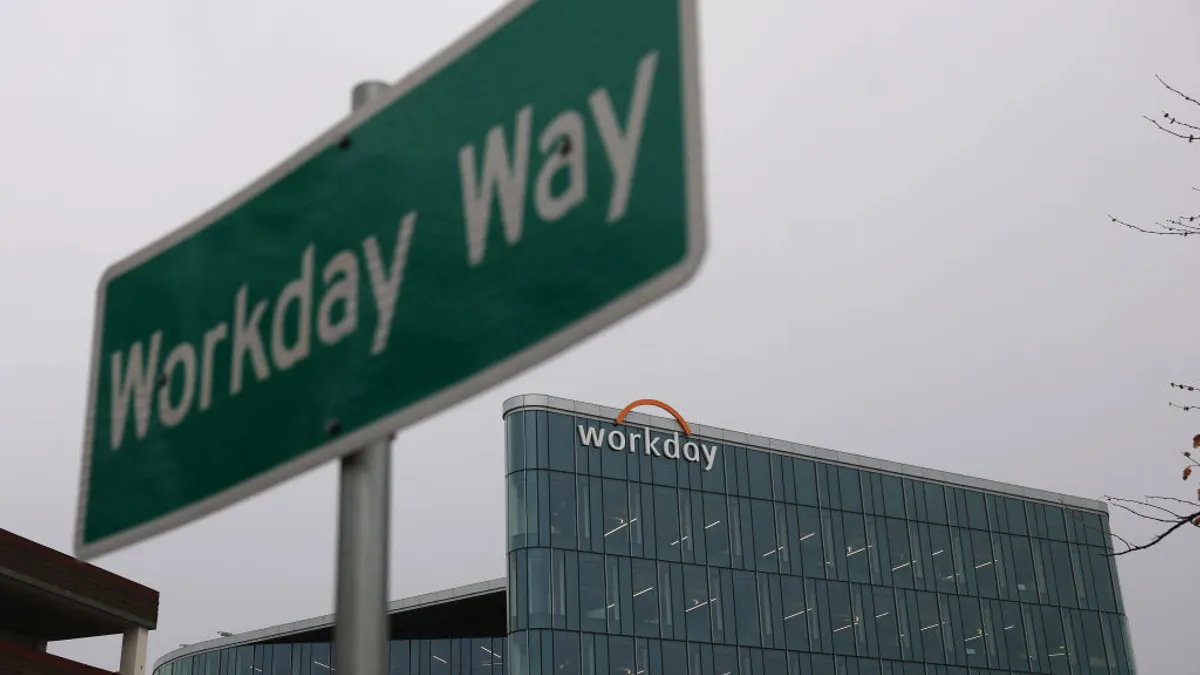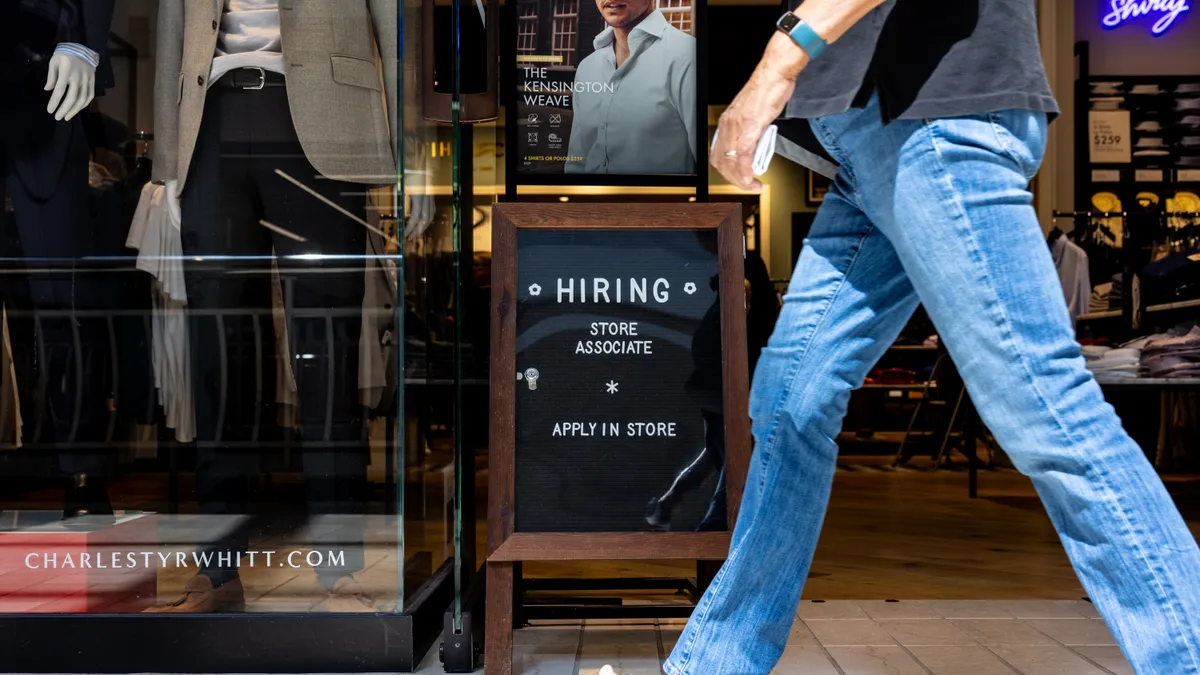Employee referral programs can be a benefit to hiring managers. Not only do employees identify potential candidates and eliminate the need for extensive searches and/or shuffling through mountains of resumes, but employees are also rewarded for their role in the process, in turn boosting their morale, experts told HR Dive.
But not all referral programs are doing what they’ve set out to do. According to research from HireClix, 71% of companies have formal referral programs, but only 2% are meeting their referral hiring goals.
Fixing employee referral programs can be a big boost for hiring, especially when hiring managers are often inundated with candidates for open positions, said Moe Hutt, director of strategic consulting services at HireClix. It’s a problem made worse by people using AI to throw as many resumes into the world as possible, even if they’re not qualified (not to mention that people applying for these jobs may not be who they say they are).
A healthy employee referral program means “there’s comfort that someone knows this person. It helps them jump to the front of the line without a lot of administrative burden and bureaucracy,” she said.
Here’s how to find pain points in underperforming employee referral programs, and how to fix them, to add another important tool to the employee search process.
Good intentions, gummed up works
When it comes to employee referral programs, three things typically trip them up, said Hutt, which have all been persistent problems, even with the digital transformation of the hiring process. “You could give me the same interview 20 years ago, and I’d start by saying the same thing.”
They all have to do with process, she’s found. First, employees don’t clearly know the job requirements for the positions posted. Second, the steps they need to take to submit a referral are too complex. And third, the employee and the person they’re referring for the job aren’t kept in the loop about where that person is in the hiring process.
Companies don’t want employees to go through the trouble of referring good people and then experiencing radio silence. “It’s a black hole. I never hear back, and my friend never hears back and I’m embarrassed,” Hutt said.
Some complexities in such programs might have come from a good place, she added, especially if a company found fraud in the previous system, like a manager claiming a bonus when a person they managed was the one to make the referral. But too many clicks and too many steps have made the process unmanageable.
One factor that’s rarely a problem is the actual value of the referral bonus. According to the same HireClix study, over 80% of companies with referral programs pay cash bonuses averaging over $1,000 to employees who refer successful candidates.
Righting the employee referral program ship
For companies that aren’t seeing the results they want from their employee referral programs, they can start by looking at if their employees actually know about it, said Elysca Fernandes, director with McLean & Co.’s HR research & advisory services team.
“There’s a lot of promises of strong referral programs, but in practice it’s rare to have resources committed to marketing it,” she said. That includes employees who do refer someone. “A lot of people refer once and never hear back. The silence itself really detracts from them ever using it again.”
Employees may also not be referring if they just don’t like where they work. Why bring a family member or friend into a mess? A floundering employee referral program could be a red warning light that there’s a bigger problem at an organization.
“One of the things I usually recommend to talent acquisition folks is it’s not going to be worth your while to focus on referral programs on their own without focusing on the employee experience,” Fernandes said. “People need to see that the organization cares about them and it’s a good place to work before they promote it outward.”
Employee referral programs may also need to shift what the reward for the employee is for, said Hutt. Organizing focus groups on the topic might help a company realize that instead of a cash bonus, employees might instead find an extra day of PTO a better incentive, or an experience or vacation package.
When done properly, employee referral programs are “pretty affordable,” added Hutt, and can deliver high bang for your buck, even if the actual bonus is high. “It shouldn’t be your most expensive source, and it ends up becoming your best source. With all of those things together, it’s a no-brainer.”




















